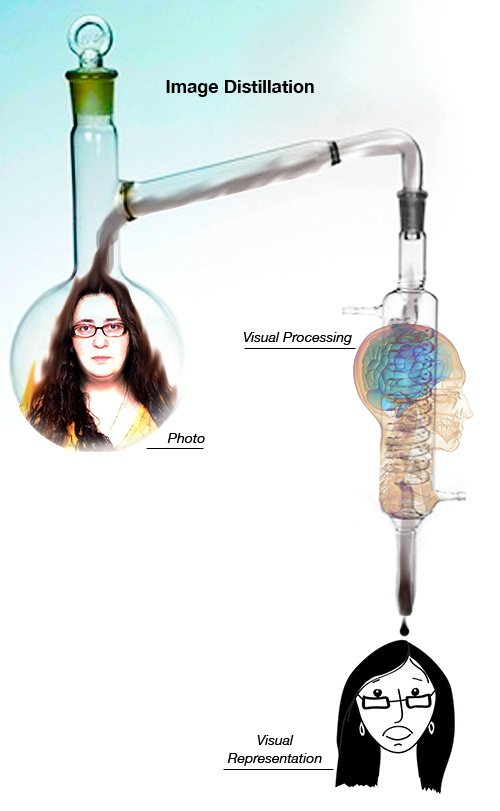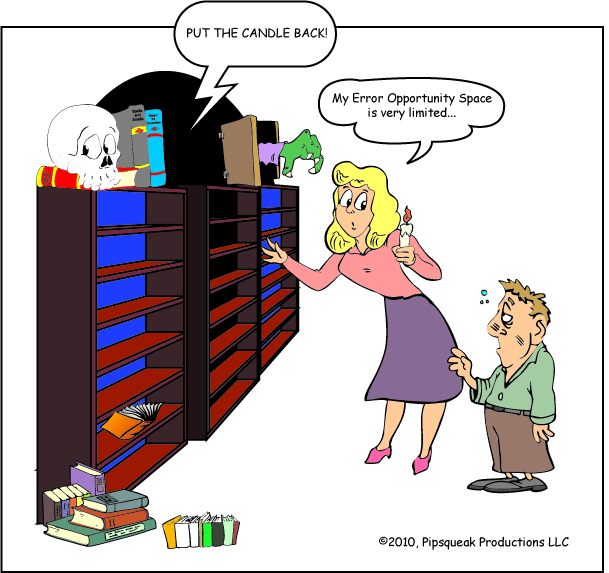Tanneeru, M. (2009). “Can Design Change the World?” CNN online. Retrieved June 23, 2010. http://edition.cnn.com/2009/TECH/11/06/berger.qanda/index.html Summary: CNN talks to Warren Berger, who wrote the book “Glimmer: How Design Can Transform Your Life and Maybe Even the World” about how greater communication through design can change the world. He shies away from speaking of this change in grandiose terms, seeking to differentiate his idea as one that stems from design’s problem-solving capabilities on a case-by-case basis. Berger asserts that design, at its core, is more than making products or spaces look good, but rather, it seeks to identify a problem or an unaddressed need and solve it through a trial-and-error process. It involves studying people and the way that they live to pinpoint ways in which their lives could be made better. This is done through much brainstorming, prototyping, and audience testing. The Internet has drastically changed the ways in which designers work, collaborate, and even identify themselves as designers. Widespread access to information has meant that knowledge can be passed on from one person to another at a quicker rate—meaning that one person’s mistakes can be learned from and not repeated. Social networking groups allow designers to connect to share…
There's a word for that?
A Dictionary of Cool Words That Hide True Feelings & Meanings from Parents Many of the strange vocabulary words, that…
Read more →








